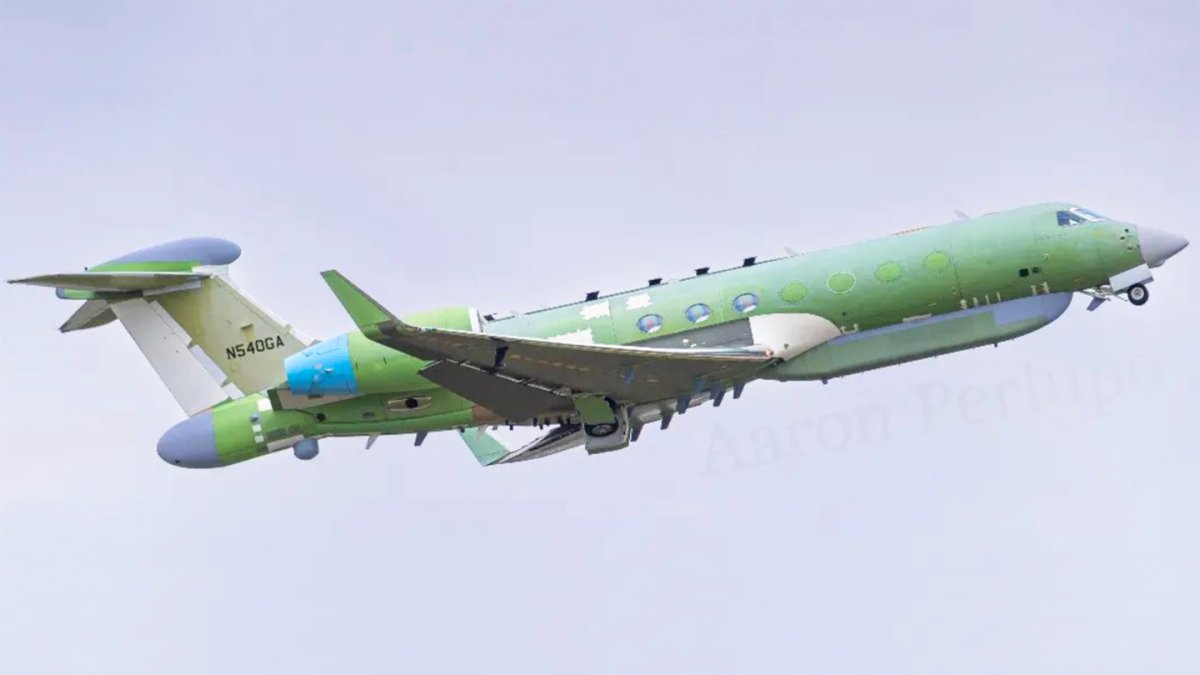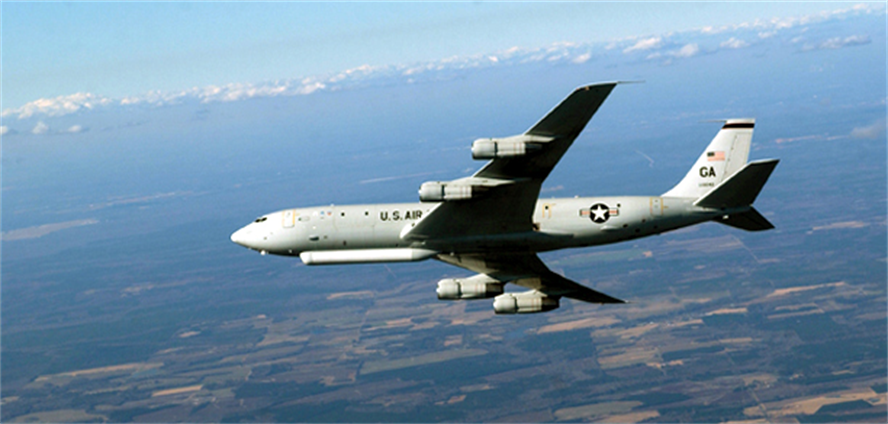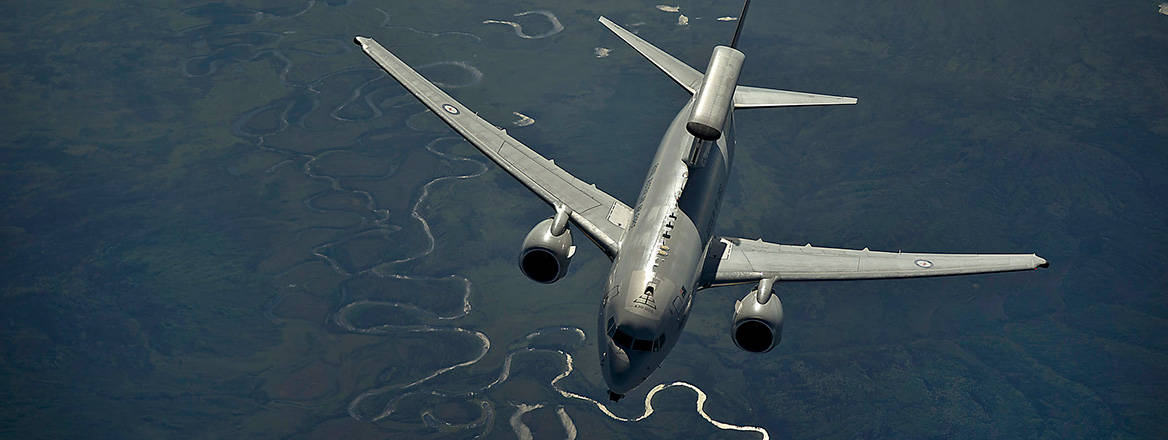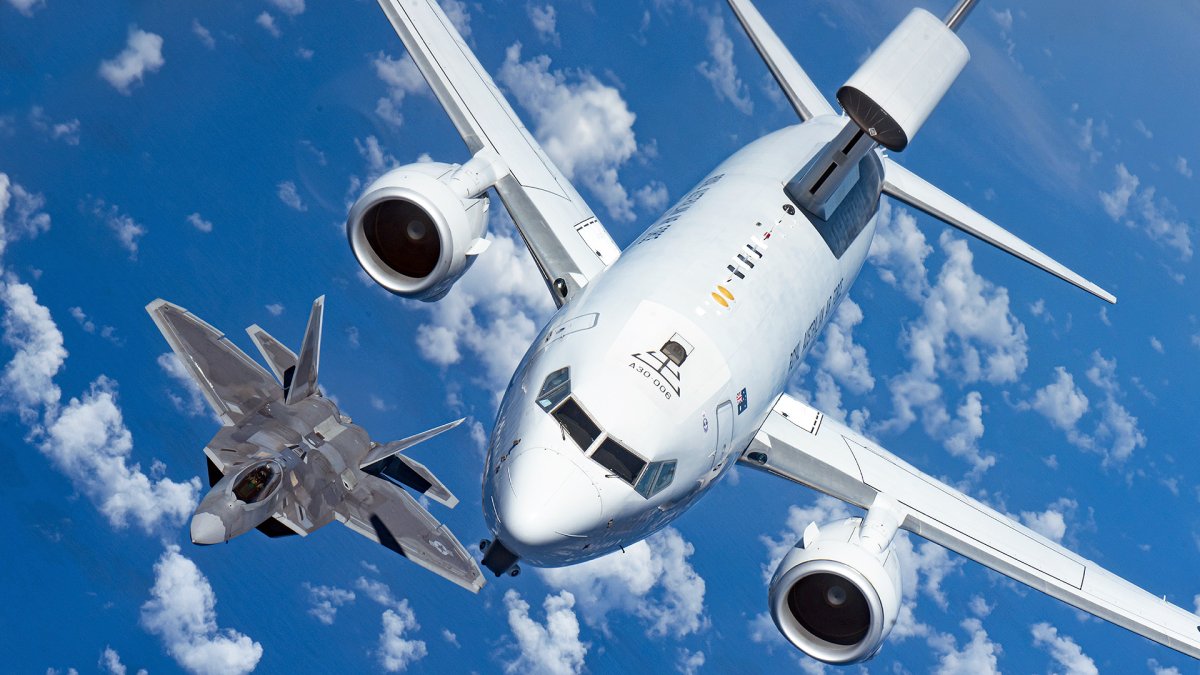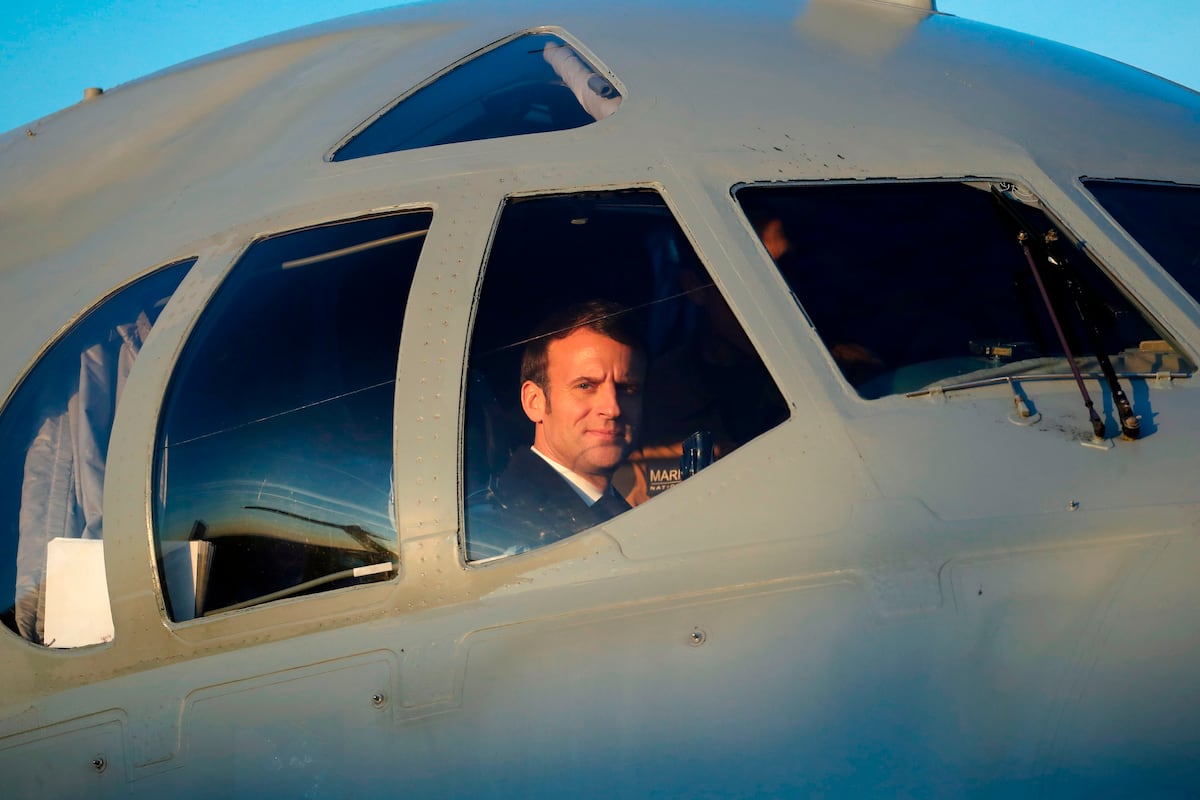The way you are describing the various platforms is, to me, confused. It feels as though because a platform has an ESM system, that you now see it as an EW asset. Broadly speaking this is true - but then that makes a ARH or a MH-60 an EW asset.
At present the EA-18G Growler is the only ADF platform capable of Airborne Electronic Attack. F/A-18F, F-35, E-7 and P-8 cannot perform that function.
The missions that the SH and Growler perform are complementary, but not interchangeable. Joining them together as "36 Fighters" obfuscates this - you may as well put F-35 into the same basket as well.
At present the EA-18G Growler is the only ADF platform capable of Airborne Electronic Attack. F/A-18F, F-35, E-7 and P-8 cannot perform that function.
Documents such as the the IPP already define separate projects to replace the capabilities. There are separate funding lines, with separate projects. While there is some commonality between SH and Growler (broadly speaking - engines/airframe/ejection seat/some avionics) they already have separate maintenance facilities, training, pods, and other installed equipment (ALQ-218). It is entirely possible that the Growler could be replaced on a completely different timeline to SH - because it is a unique capability that replacement capabilities will probably come on a different timeframe. There's already a precedent - look at 10SQN retaining AP-3C.Replacing the entire Superhornet platform capability (which includes Growlers and Fighters) would need to replace total capability, not just an individual capability of just the F-18F or the EA-18 Growler. Unless you think the RAAF is going to keep all the logistical support for the EA-18 just for 12 airframes? Unique engines, unique airframe, unique upgrades, unique maintenance and technical facilities. They are tied together.
I am also confused by the way you are talking about SH and Growler doing missions separately. AFAIK that is not how they are intended to operate in the battle space. You are not just flying 2 growlers into theatre by themselves, nor do you just fly 2 F-18F as some sort of wonderweapon. Neither is going to go it alone. Wouldn't it then make sense to talk about the capability of a combined platform rather than "mOrE SuPaHoRnEt for the win!". I don't see the acquisition of more of one type, adjusting the ratio, for the Superhornet platform.
The missions that the SH and Growler perform are complementary, but not interchangeable. Joining them together as "36 Fighters" obfuscates this - you may as well put F-35 into the same basket as well.
Given the Growlers unique capabilities at AEA/SEAD/D-SEAD - how does a MC-55 and/or E-7 assume their role in the fight, while managing to be as survivable?EA18 was a fast and great way to get EW capability at the time, we were acquiring the same platform for other reasons. Now however, much of those capabilities could be transferred to more effective platforms (MC-55 and E7) which are bigger, longer ranged, have more growth potential, cheaper flight hours, better able to handle the workload and F-35 IV block IV and future blocks making the embedded F-35 EW capability much greater on F-35. Its not here today, but in 5 years it will be.

